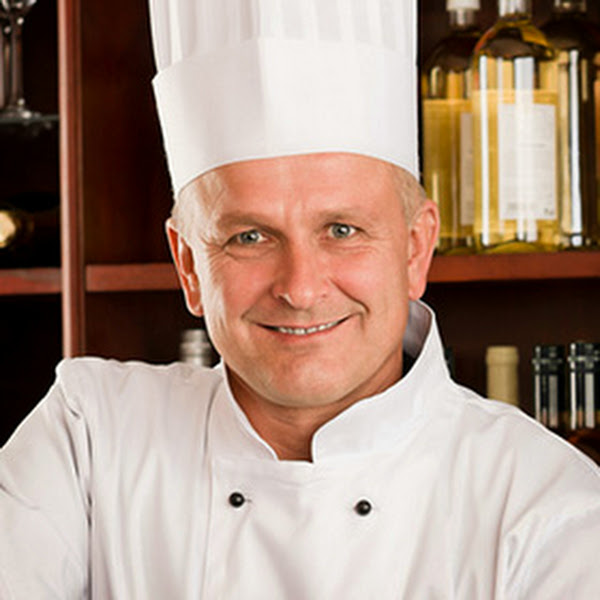Curried Turkey Hot Pockets
Ingredients -1 tablespoon olive oil-6 ounces lean ground turkey-3 tablespoon diced red onion-1 small carrot, peeled and diced-1 tablespoon curry powder-1/4 cup frozen peas-2 sheets puff pastry, thawed-1 large egg, beaten-Kosher salt and freshly ground black pepper Directions Heat ...











